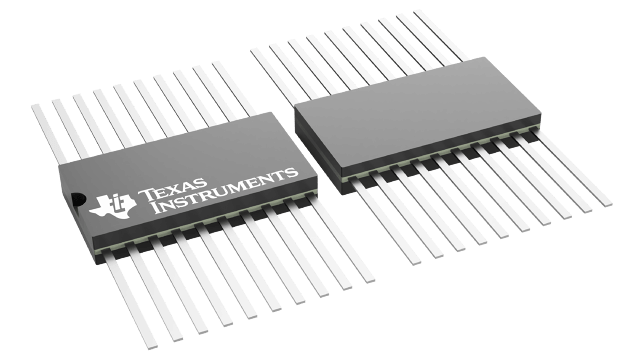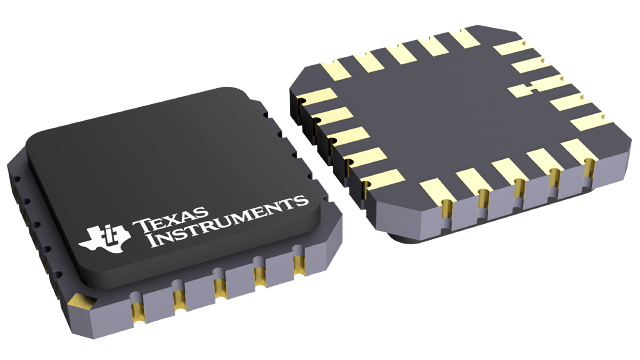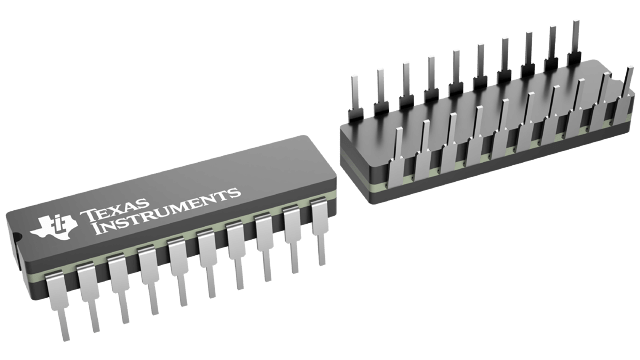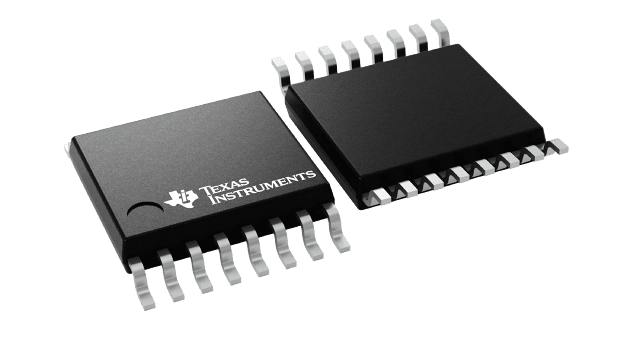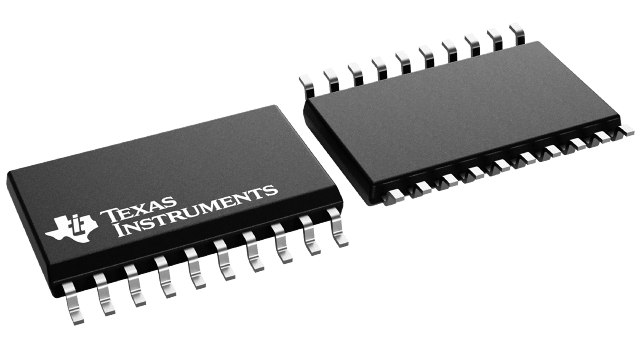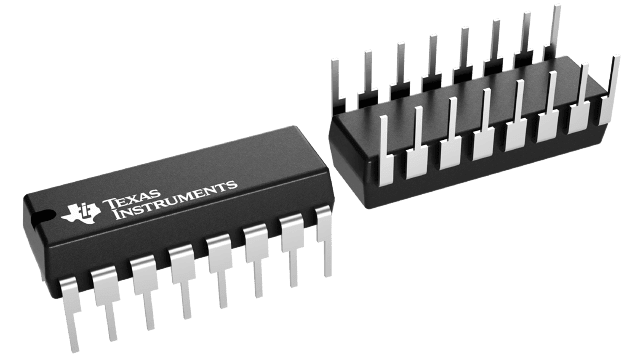Images are for reference only , Please refer to the product datasheet
M38510/32501BSA
Octal D-type Flip-Flop With Clear
Manufacturer:
Manufacturer NO:
M38510/32501BSA
copy
Product SN:
10481-M38510/32501BSA
copy
Package/Case:
CFP (W)-20
copy
Manufacturer Lead Time:
-
copy
Datasheet:
Detailed Descripition:
High speed (tpd 10-50ns)
copy
Product Application Field:None
Product Application Field:None
Documents & Media
Datasheets PDF M38510/32501BSA Datasheet PDF
Product Description
- Contains Eight Flip-Flops With Single-Rail Outputs
- Buffered Clock and Direct Clear Inputs
- Individual Data Input to Each Flip-Flop
- Applications Include:
- Buffer/Storage Registers
- Shift Registers
- Pattern Generators
0 In Stock
Finding Goods Through Sales
Want the lower wholesale price? Please send RFQ, we will respond immediately
Product price
Qty
Unit Price
Ext Price
1000
$11.403
$11403
For more M38510/32501BSA prices, contact customer service to get a discount!
You May Also Like
0 In Stock
Finding Goods Through Sales
Want the lower wholesale price? Please send RFQ, we will respond immediately
Product price
Qty
Unit Price
Ext Price
1000
$11.403
$11403
For more M38510/32501BSA prices, contact customer service to get a discount!
Home
Chat
Compare
Add To RFQ
